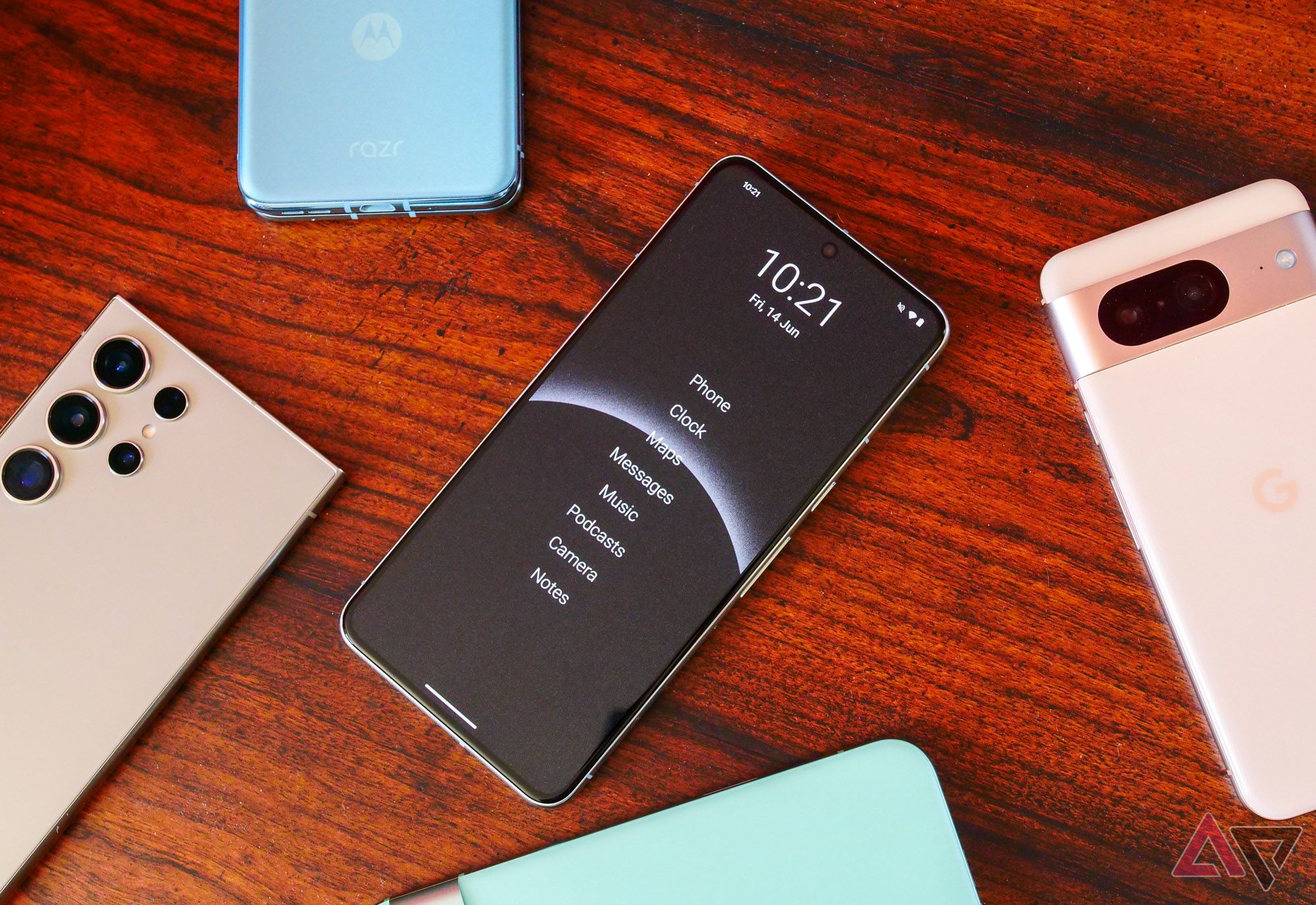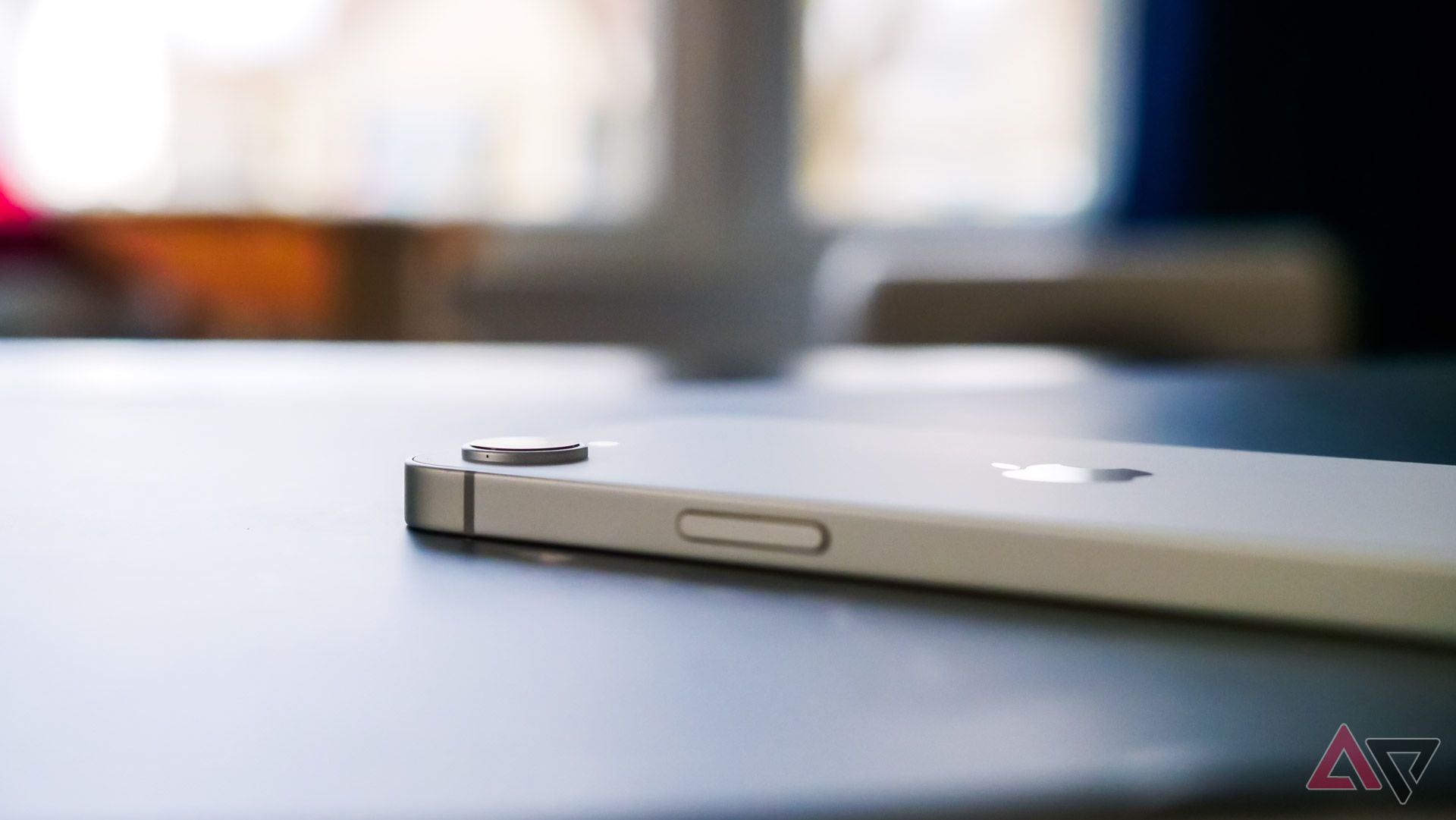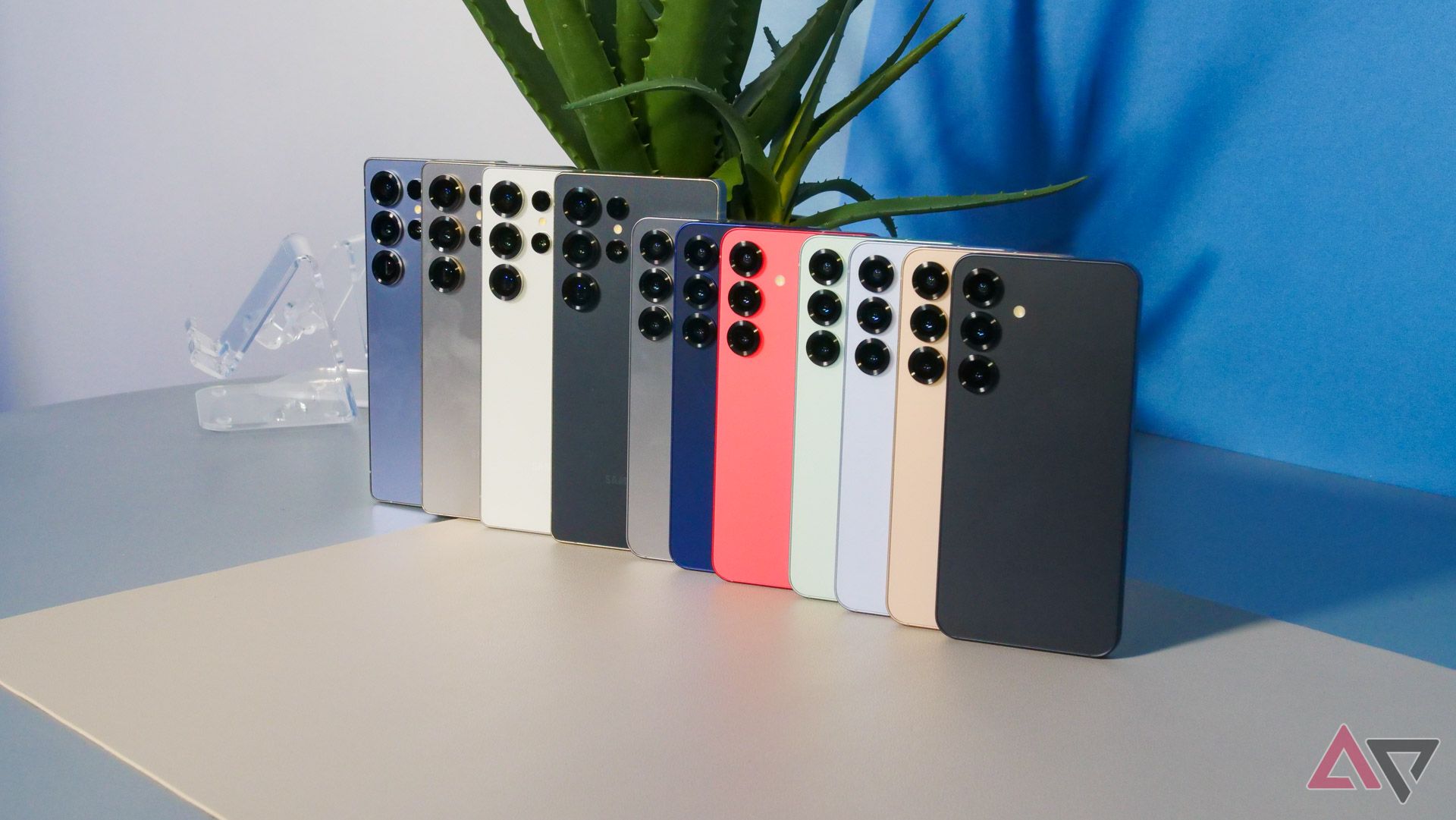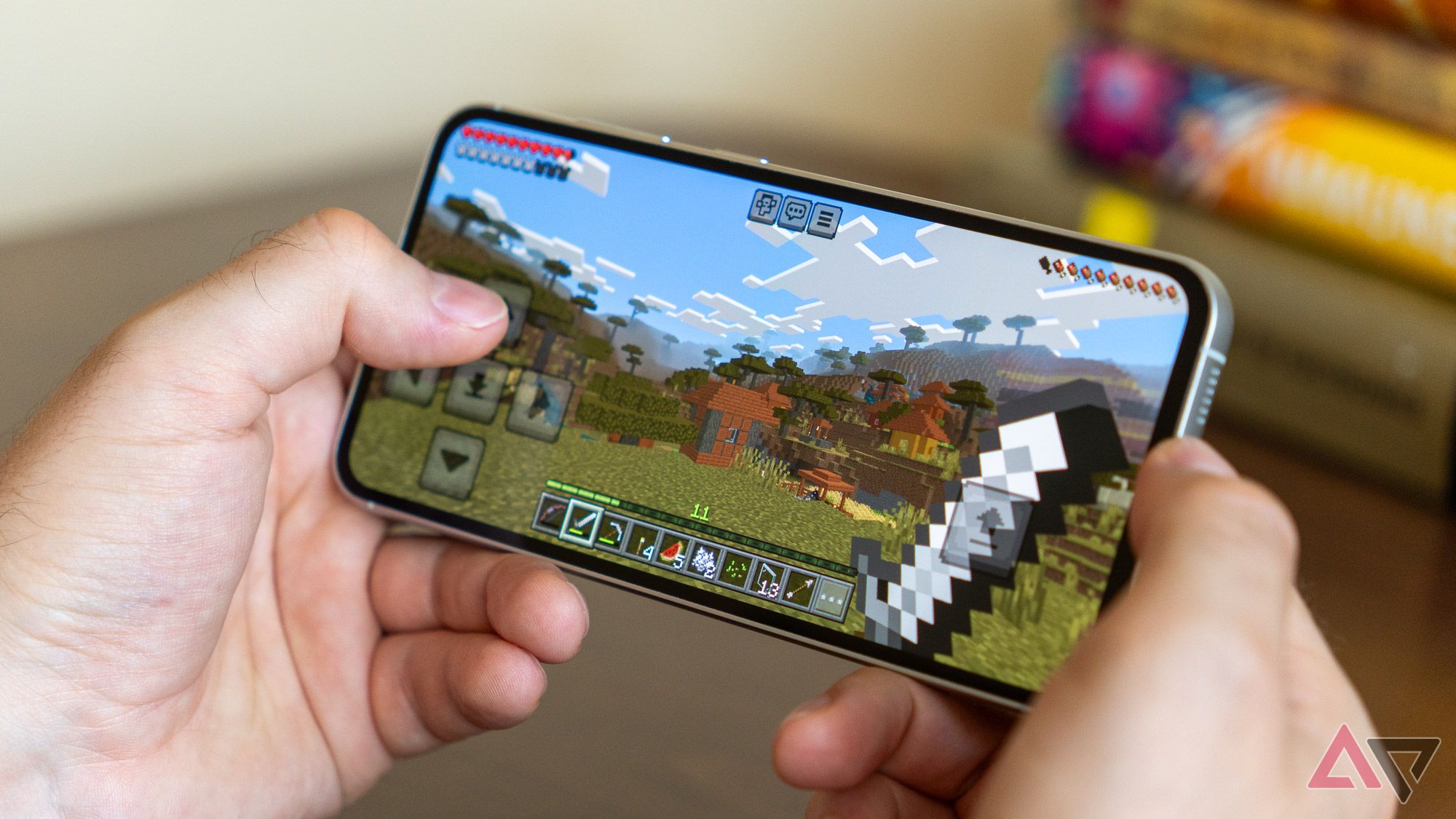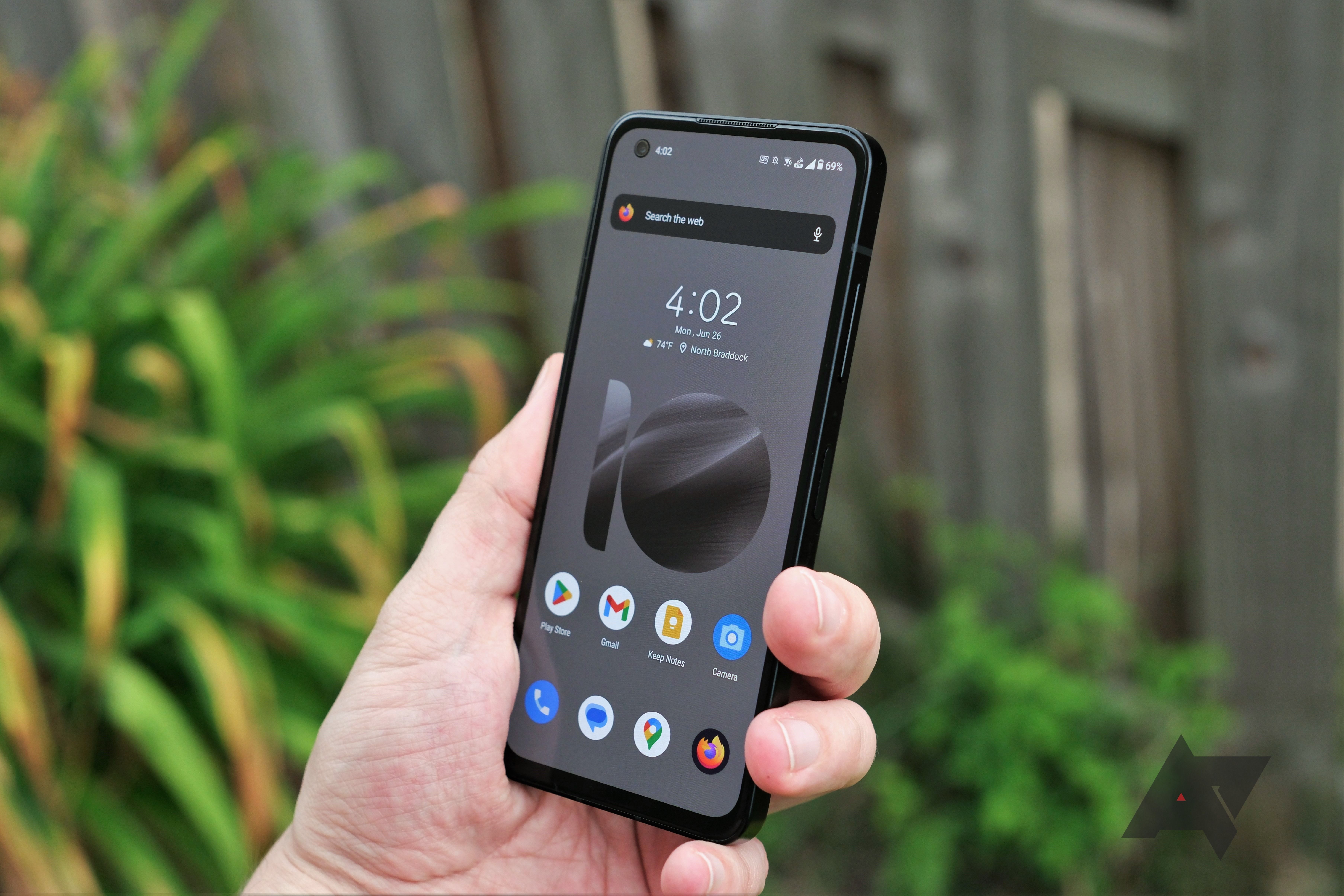Small phones are the forbidden fruit of the consumer tech world. Every year, we lose a few more options. Entire series saw their value propositions change and lose their uniqueness. In a time like this, getting excited about the start of a new category of devices in slim phones is not only expected but justified.
Slim phones are not a new breed of small phones. However, they are rare as many recent products haven’t tried to be slim at all costs. They were a fad almost a decade ago, but people spoke with their wallets and made it clear that the accompanying compromises were unacceptable. Things are different now, and some manufacturers are having a second go at them.
Related
Return of the slim phone
What’s different in 2025 that slim phones won’t fail again? There are multiple cases to be made, including but not limited to improvements in components, general fatigue and lack of excitement for phones, larger footprints, and more robust supply chains.
The proposition of slim phones hasn’t changed. It’s finally possible to make a slim phone without major shortcomings.
The first is probably the most important change that makes good slim phones a possibility: the current state of technology. Over the last few years, the ingredients that make up a smartphone have become better. Processors are smaller, more powerful, and more efficient. Software and AI-based image processing have enabled OEMs to eke out better performance from smaller camera sensors. Battery density has increased every year, and newer chemistries will take it further. Sophisticated manufacturing processes have made it possible to fabricate smaller components. Some of these were a clear eventuality, while others were a surprise.
Who’s competing?
Samsung and Apple, two of the biggest smartphone makers, are at the forefront of the slim phone movement. The Samsung Galaxy S25 Edge should be unveiled in mid-April, while the iPhone 17 Air is expected to share the stage with the rest of the iPhone 17 family in the Fall of this year.
These devices are likely to help spread the development cost of their respective foldable counterparts while enabling higher economies of scale for the specific parts that a slimmer form factor would need.
There is a good chance these phones will bring some trade-offs into the mix, even with all the advancements and a seemingly high price tag. With the Samsung launch being nearer, we know it will have a small sub-4,000mAh battery, slow charging, and possibly inferior cameras.
Not all phones need to be powerful
As a person in the “phones are getting boring” camp, I’ll be the first to welcome a device that doesn’t try to be another everything maximizer. It’s great to have purpose-built phones for specific audience groups that aren’t catered to adequately.
At first glance, it seems slim phones could be the segment that succeeds compact phones with fewer compromises. Thinking more deeply, a thin phone could also help with ergonomics and one-handed use, somewhat achieving what compact phones did.
Not everyone needs the highest performance and the best cameras. There are many users for whom portability and ergonomics are more important. Slim phones could provide some respite for them.
Not so fa(s)t
If all of that sounds lovely and exciting, I have bad news. Slim phones aren’t here to replace compact phones. If anything, they will bring an end to the small phone dream.
Take the Samsung Galaxy S25 Edge, for example. At under 6mm thick and around 160 grams in weight, we can call it thin and light. But, it will come with a 6.7-inch screen, the same as the S25+, while being as light as the smaller S25 at a never-before-seen thinness. 6.7 inches is not compact by any definition.
While details on the iPhone 17 Air are slim, leaks suggest it will have a 6.6-inch screen and be thinner and lighter than the S25 Edge. Again, impressive but not compact in any way.
The reality is that slimmer profiles make larger screens more palatable.
It’s no secret that phones have gotten bigger. Those willing to put up with the added heft have probably jumped ship, while those who have not have made peace with relatively sub-par products in hopes of not straining their pinky fingers.
There is no better example than Apple killing its Mini iPhone in favor of a Plus model. If one of the world’s smartest companies with one of the best supply chains couldn’t figure out how to produce and sell small phones at scale, we can’t expect others to.
One last try
It seems the sudden interest in thin phones is not to provide an alternative to small phones. Instead, it’s to convince fence-sitters to make the plunge to bigger phones. The same users who have stayed away from phablets could be convinced to consider a big phone if it is thinner and lighter. Think women, teens, runners/athletes, and other user groups for whom portability is paramount. If this doesn’t sound like a problem, you are likely a big-pocket-pants-wearer.
Slim phones are not a friend of compact phones and will not carry the baton forward. Instead, they will aim to be the final nail in the coffin, trying to convert those still hoping for a decent compact phone in 2025.


